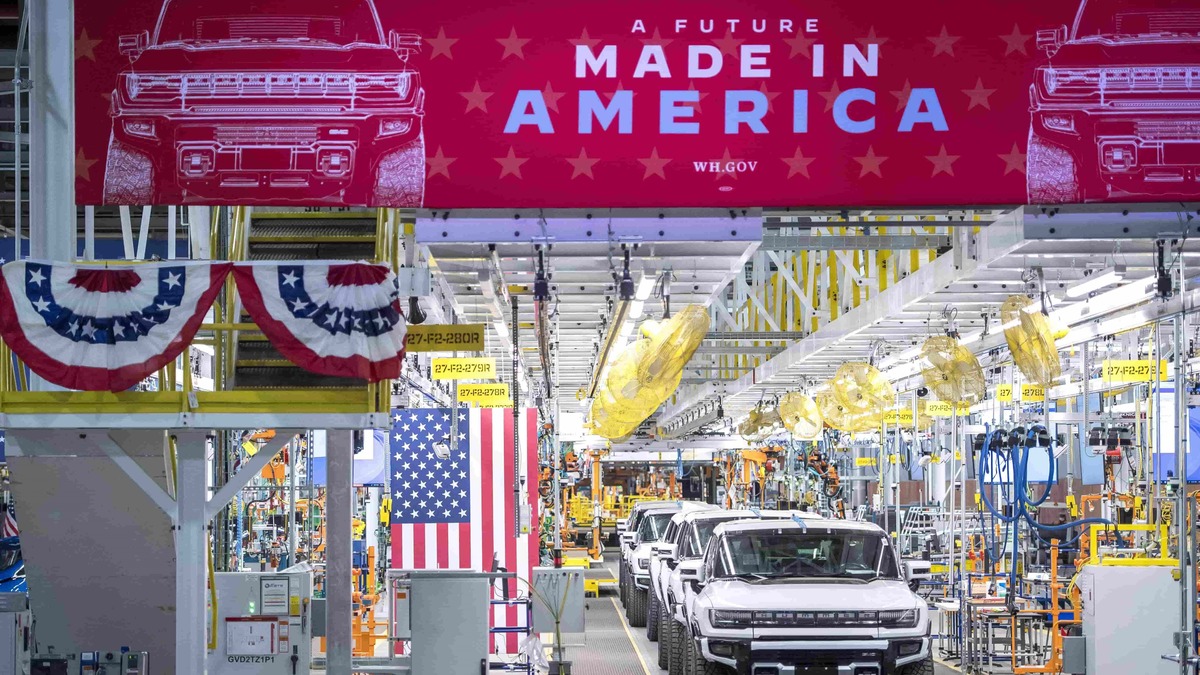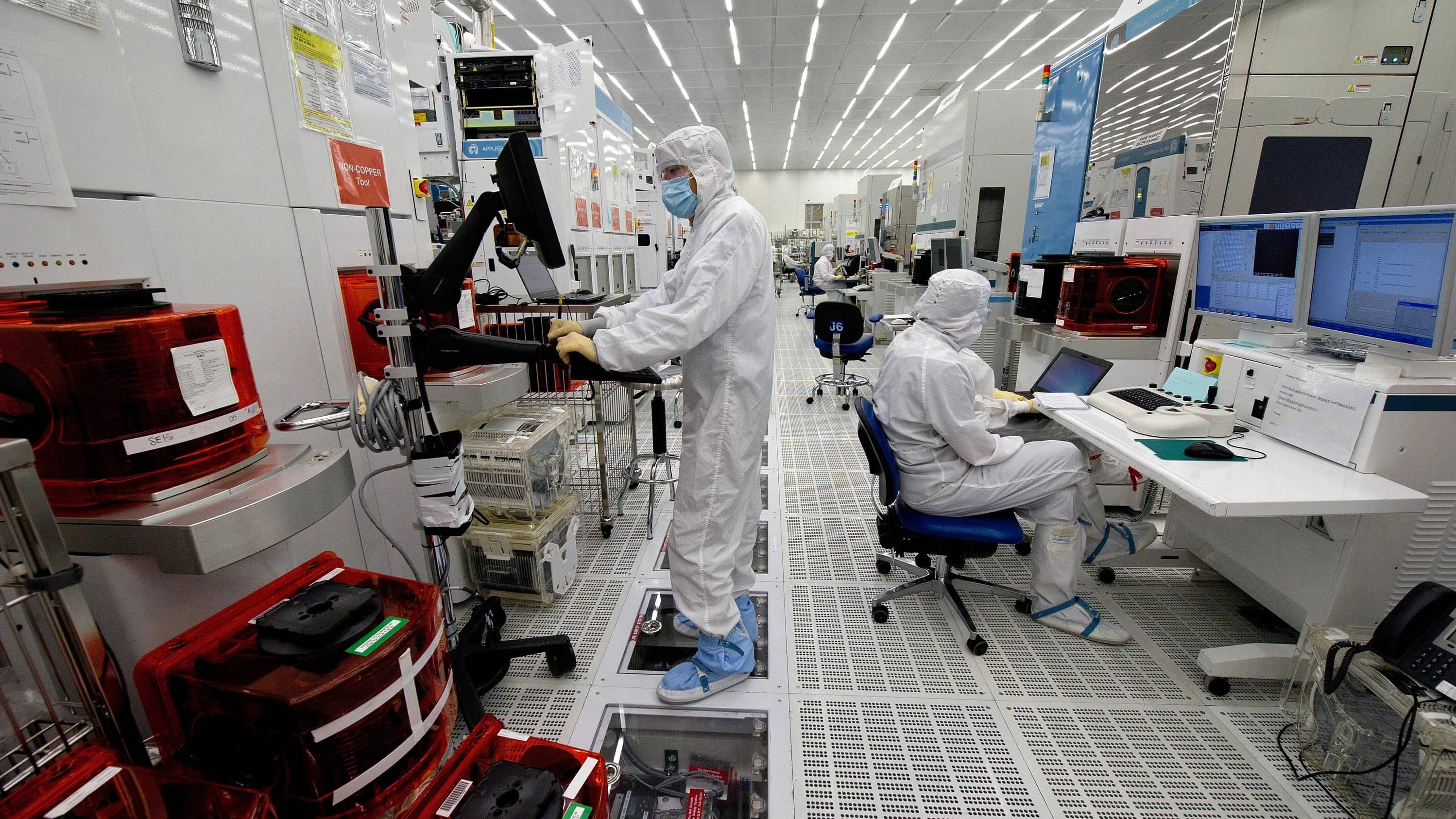Trade distortion and protectionism
Say hello to industrial policy, but never goodbye

Published 13 June 2023
Once policymakers go down the rabbit hole of industrial policy, they often find it difficult to claw their way out again. While there are compelling reasons for the US administration to shift towards an industrial strategy, such policies in America have often brought more harm than good, as companies that have drawn deeply from the public trough rarely volunteer to surrender this patronage.
Industrial policy in the United States is as old as the country itself. Through the years, virtually every sector of the economy has received some form of government support or protection. Each instance shares important similarities. For one thing, all of them involve complex mechanisms that can be difficult to decipher, cloaking anomalies and distortions like billionaires receiving subsidies from the government. All have proven costly for consumers or taxpayers or in some cases, such as agriculture and automobiles, both. All have succeeded as well in angering US allies. In every occasion, what started out as a means of getting an industry back onto its feet morphed into something no one could have intended at the outset: a kind of permanent corporate welfare plan which benefits a few at the expense of the many.
As the Biden administration takes the United States into the most state-centric set of economic policies since those of Franklin Roosevelt, Senior Research Fellow Keith Rockwell examines the case behind America's policy change and what lessons can be learned from the past. It is worth remembering, Rockwell warns that while market forces are not the be all and end all, neither are governments.
Download Say hello to industrial policy, but never goodbye by Keith M. Rockwell:

© The Hinrich Foundation. See our website Terms and conditions for our copyright and reprint policy. All statements of fact and the views, conclusions and recommendations expressed in this publication are the sole responsibility of the author(s).
Author
Keith M. Rockwell
Keith M. Rockwell is a Senior Research Fellow at the Hinrich Foundation. Prior to his retirement in June 2022, Keith served as a Director at the World Trade Organization (WTO) and spokesperson for the organization for more than 25 years. He also is Global Fellow at the Wilson Center.
Have any feedback on this article?
Related Articles

Subsidies and market access: Towards an inventory of corporate subsidies by China, the EU and the US
26 October 2021
Techno-nationalism via semiconductors: Can chip manufacturing return to America?
15 June 2021

Subsidies and market access: Towards an inventory of corporate subsidies by China, the EU and the US
26 October 2021
Techno-nationalism via semiconductors: Can chip manufacturing return to America?
15 June 2021

Subsidies and market access: Towards an inventory of corporate subsidies by China, the EU and the US
26 October 2021



